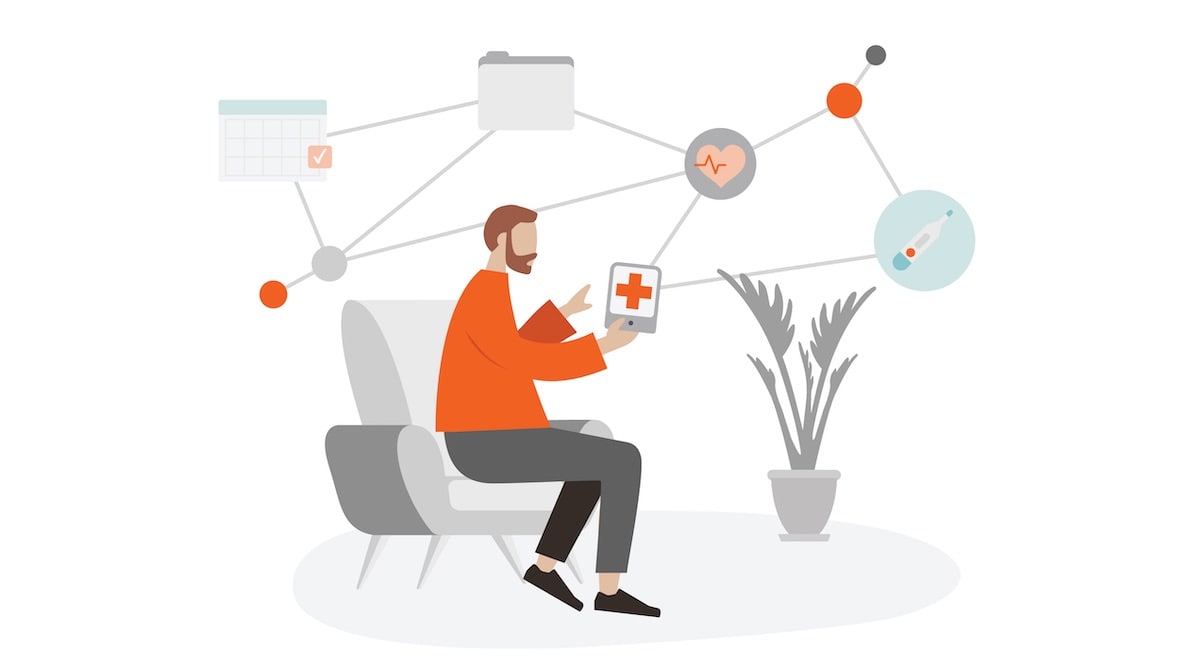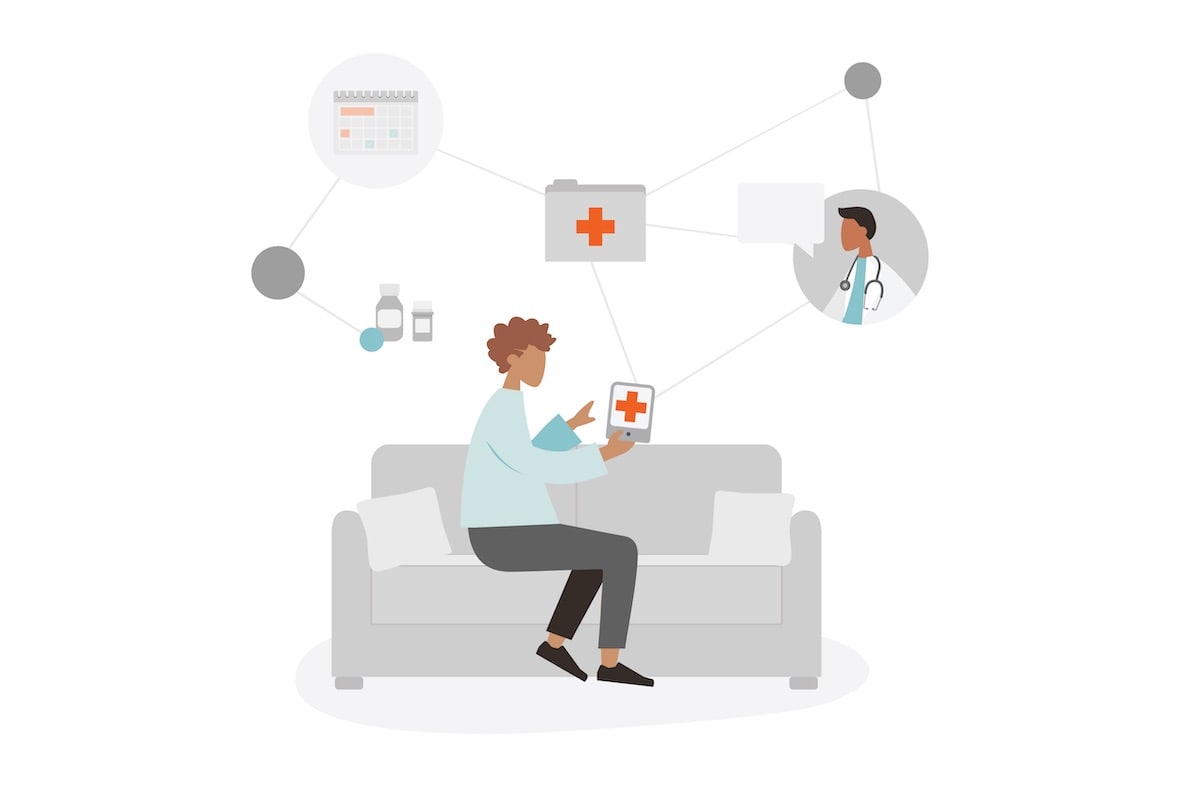In the February 2021 episode of the Chief Among Friends podcast, Chris spoke to Orion Health’s Vice President of Client Value Andrea Tait about her work on an emerging concept for healthcare delivery, known as the digital front door.
Chris and Andrea discuss what a digital front door is, why it’s needed in healthcare and how it will change care delivery drastically for the better. The following is a summary of their full discussion.
How does the future of healthcare start with a digital front door?
Different organizations will have different reasons for considering a digital front door but the consistent motivation is to increase patient experience. Historically, the healthcare industry has struggled to manage the customer experience, improve it, and ultimately be available when patients need it most.
A digital front door strategy seeks to solve this by putting the consumer first, guiding them through their healthcare journey, leveraging technology to meet them when and where they need care. Looking at how consumers interact with other services, such as online shopping or online banking, healthcare systems can understand how the customer experience needs to be adapted to find a better way to engage with people.
What does this mean?
The components of a digital front door are extensive and can include symptom checkers to enable patients to access a trusted source of information and potentially a diagnosis, a navigator that enables them to seek appropriate services themselves (such as addiction and community services), appointment booking, and wellness support groups.
Providing consumers with this type of access in a secure, centralized location, without being dependent upon a doctor or administrator to make referrals or appointments on their behalf, will empower consumers to truly become part of their care team.
Andrea describes, “really the key here is to think, what are the priorities for my customers, my patients, my organization? and then use the tools available to you within a digital front door strategy to tackle those priorities and then broaden out to other tools once those are implemented and already adopted”.
Why now?
One factor for the increased need for a digital front door is the global pandemic, which has pushed many more organizations and patients to have a more hands-on experience with virtual solutions and see the value in a more virtual approach to health care.
Another need comes from our growing aged population, who have more complex diseases or multiple chronic illnesses that they’re managing simultaneously. Andrea notes, “The challenge with the more traditional way of delivering healthcare is that there is no way to grapple with the increasing cost, increasing pull on resources, and the lack of availability in some cases of those resources.”
As already discussed, the customer experience problem in healthcare is also a huge driver. Consumers are becoming more technologically literate and using technology in most aspects of their lives. They are pushing for providers to find a better way of doing things such as standard prescription renewals and appointment booking services. ‘That’s the way we do it’ isn’t acceptable to consumers anymore.
In the full podcast, Chris and Andrea discuss the healthcare digital front door in more detail including how the social determinants of health and medical record integration fit into a digital front door strategy.


